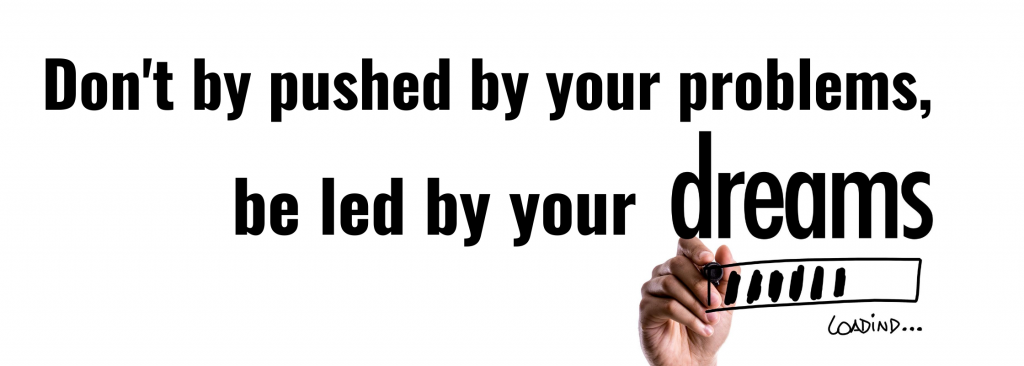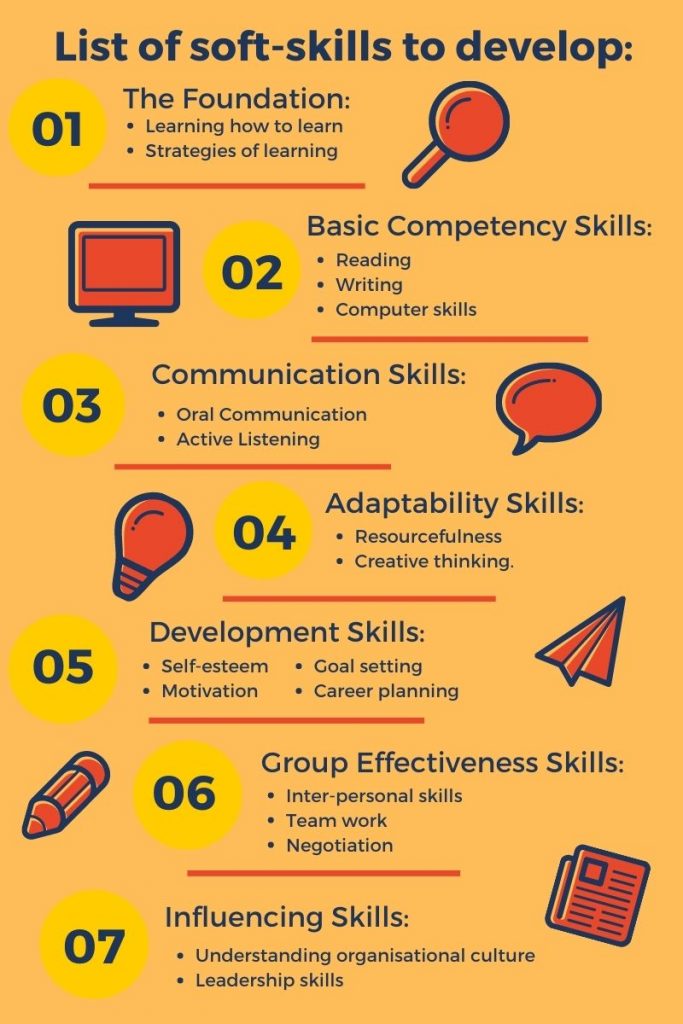
You can dig in your experiences by making a list, starting with the course you are currently taking, then employment and service. By doing this activity you will have a bigger picture of your experiences, and discover the skills and positive assets required to develop your career.
From the table above, you will be able to list out your strengths and preferences by summarizing the path you have been through. Also, you may identify the skills you obtained or improved through your journey. Knowing more about yourself will be helpful in answering tough interview questions.
List of soft-skills to develop:

To know more about yourself, you are recommended to complete the following tests:
- Myers-Briggs Type Indicator (based on personal inclinations)
https://www.16personalities.com/ch
https://www.apesk.com/mbti/dati.asp
- Self-Directed Search (Holland’s RIASEC) (based on vocational preference)
職業評估 – VTC
https://occupation-dictionary.vtc.edu.hk/tc/career_assessment
HK VTC Occupation Dictionary

